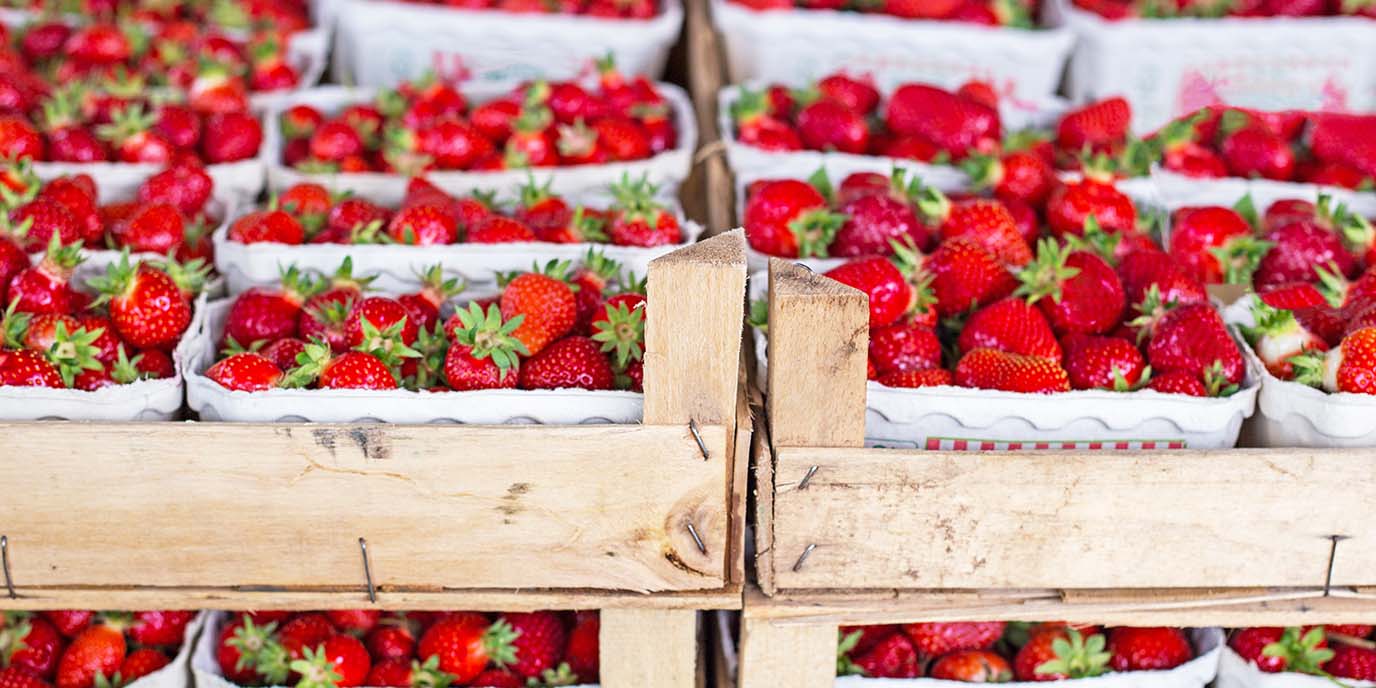Distribution of fresh food
Project leader(s):
Prof. dr. Hans Wortmann, dr. Paul Buijs
Consortium:
University of Groningen, Albert Heijn, Erasmus University Rotterdam
Funding from:
85% Dutch Research Council (NWO) and 15% participating companies
Time period:
2015-2019
Summary
Most large supermarket chains, such as Albert Heijn, have one or more national distribution centers (DCs) for fresh foods such as dairy products, meat, fish, vegetables, and fruit. Every day, these fresh DCs deliver the right quantities of products to regional DCs, where they are combined with the groceries assembled there and transported to the stores. This is a cross-docking process in which short turnaround times are crucial. The faster the fresh food reaches the stores, the higher the quality for consumers and the lower the risk of loss.
Research by COPE has shown that the cross-docking process can be made even more efficient and faster. By clustering and sorting the fresh produce by store in the national fresh produce distribution centers and loading it in the correct order based on the outgoing trips from the regional distribution center, it is possible to reduce the average dwell time of roll containers in the regional distribution centers by more than 20 minutes. This research has also revealed further opportunities to improve and make fresh food logistics more sustainable, including by involving the suppliers of fresh produce in the optimization process. This provides sufficient reason for a more extensive and in-depth study.
The Sustainable Logistics in Fresh Food (SLIFF) research project was set up to increase the sustainability of fresh food logistics by making better use of available logistics capacity while further reducing lead times.
This research project focused on two challenges:
1. Optimization of the distribution network versus optimization of internal logistics.
Themes included the optimal sequence for loading trucks at national fresh distribution centres and the allocation of trucks to the docks of regional distribution centres. In addition, the project investigated how the cross-docking and order picking processes in the regional distribution centers can best be coordinated with a view to bundling both flows.
2. Inventory optimization versus transport optimization.
This challenge relates to the national fresh distribution centers, which are stocked by fresh produce suppliers. The starting point is vendor-managed inventory, whereby the suppliers themselves are responsible for ensuring that there is sufficient stock in the fresh DCs. By bundling their shipments, suppliers can increase the delivery frequency and keep stock levels in the fresh DCs low.


